Recently I received a phone call from a colleague who had a client proposing a dual fuel HVAC system to a homeowner. This homeowner was both technically capable and very inquisitive. He wanted to accurately quantify the cost difference between heating with a gas furnace versus a heat pump. The question was simple enough, but when I was asked for the answer… I stammered. I did not actually have a straightforward solution. This bothered me a lot, and my mind had two thoughts, which were equally bothersome:
- “If I cannot explain something clearly, then I myself do not truly understand it.”
- “In GOD I trust; everyone else must provide data.”
My curiosity had to be satisfied. So, I went digging on the internet… and nothing was clearly quantified. However, I did find the formulas needed to answer my question. So, let’s dive into the topic of gas versus a heat pump and look at some real math on the costs. To start, we have to look at all costs in the same format. I choose to compare everything to natural gas heat and look at this through the cost per BTUH. All utility costs are based on my specific area and are clearly identified so this math could be adjusted based on your utility costs.
UTILITY COSTS
- My natural gas cost is $0.916 per “therm” of natural gas used. A “therm” is equal to 100,000-BTUH
- My electrical cost is $0.129 per KWH – [there are 3412-BTUH per KWH] – [100,000-BTU/3412-BTUH = 29.30 KWH per 100,000-BTUH] – Based on $0.129 per KWH multiplied by 29.30 per 100,000-BTUH = $3.77 per 100,000-BTUH.
- I do not use propane. However, pulling data from the U.S. Energy Information Administration the average cost per gallon of L.P. this past winter was $1.95. A gallon of L.P is equal to 91,500-BTUH. Therefore, if we multiply the cost per gallon by 1.04 then we will achieve the cost of L.P. per therm. In this case, it is $2.13
FORMULAS
- Gas – [cost per “therm” divided by efficiency of furnace]
-
- [.916/.80 = cost of 80-AFUE natural gas furnace]
- [2.13/.80 = cost of 80-AFUE propane furnace]
-
- Electric – [3412-BTUH per KWH @240VAC] – [100,000-BTU/3412-BTUH = 29.30 KWH per 100,000-BTUH] – [Cost per KWH multiplied by 29.30 equals cost per 100,000-BTUH at a COP of 1]
Multiply the cost per 100,000-BTUH by the COP at certain conditions to gain the exact cost for comparison. Gas costs do not change with outdoor temperature fluctuations. Heat pump electrical costs do change, with a gain in efficiency as the outdoor temperature increases.
RESULTS
- These results were done using Amana HVAC Equipment. The COP values for the two-stage model heat pump were taken at high stage capacity so as not to overstate the COP value.
- Results were rounded up to the nearest penny.
- Figures are per 100,000-BTUH across the board. It made more sense that way than dividing those small numbers by 100,000 to get the per BTUH cost.
| 80 AFUE Natural Gas | 96 AFUE
Natural Gas |
80 AFUE Propane | 96 AFUE Propane | Outdoor Temp | Coefficient of Performance [COP] | 16-SEER Single-Stage Heat Pump 3-ton capacity | Coefficient of Performance [COP] | 16-SEER Two-Stage Heat Pump 3-ton capacity |
| $1.15 | $0.95 | $2.66 | $2.22 | 60 *F | 4.72 | $0.80 | 4.21 | $0.90 |
| 50 *F | 4.18 | $0.90 | 3.83 | $0.99 | ||||
| 40 *F | 3.55 | $1.06 | 3.35 | $1.13 | ||||
| 30 *F | 2.98 | $1.27 | 2.91 | $1.30 |
I admit that some of these results were surprising. I did not anticipate the single-stage 16-SEER heat pump would have a higher COP than the two-stage. Granted, the two-stage unit has a higher COP in low-stage operation and that would result in an overall reduction in cost per BTUH… but I can comfortably admit that I am not smart enough to calculate part-load operational costs.
The numbers here show that if you are on propane, then a dual fuel system makes a lot of financial sense. Even on natural gas, there is a good ROI on upgrading to a dual fuel setup, if you plan to install a standard-efficiency furnace. High-efficiency furnaces using natural gas still show the lowest cost in cold temperatures. However, depending on how cool and long winters in your area are, there is a possibility that the dual fuel system becomes financially appealing.
There are factors that will also influence whether a dual fuel system makes financial sense. There is a cost increase in a dual fuel installation, but thanks to advances made in thermostats and OEM equipment, the amount of extra installation costs has steadily lowered to little more than just the increased outdoor unit cost. Many thermostats can control dual fuel operation with no more than an outdoor sensor added, or possibly even by pulling the outdoor temperature from Wi-Fi connectivity. Plus, with the new addition of Comfort-Bridge technology in our higher-end Amana systems, dual fuel operation can be controlled with no extra components needed.
Heat pumps are a great source of heat with a low financial impact, especially during mild temperatures. The next time you are looking at replacing your HVAC equipment or talking to a customer about replacing theirs, give dual fuel a look. Run the math and see if it makes sense …… or see if it saves cents!

